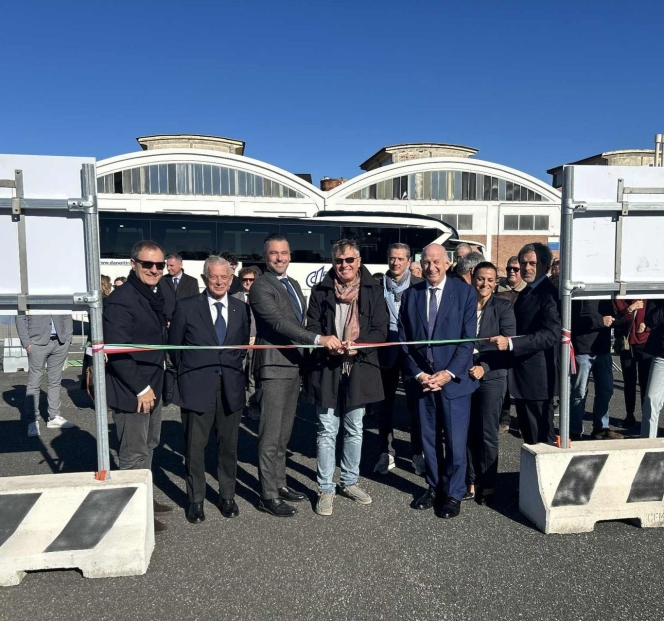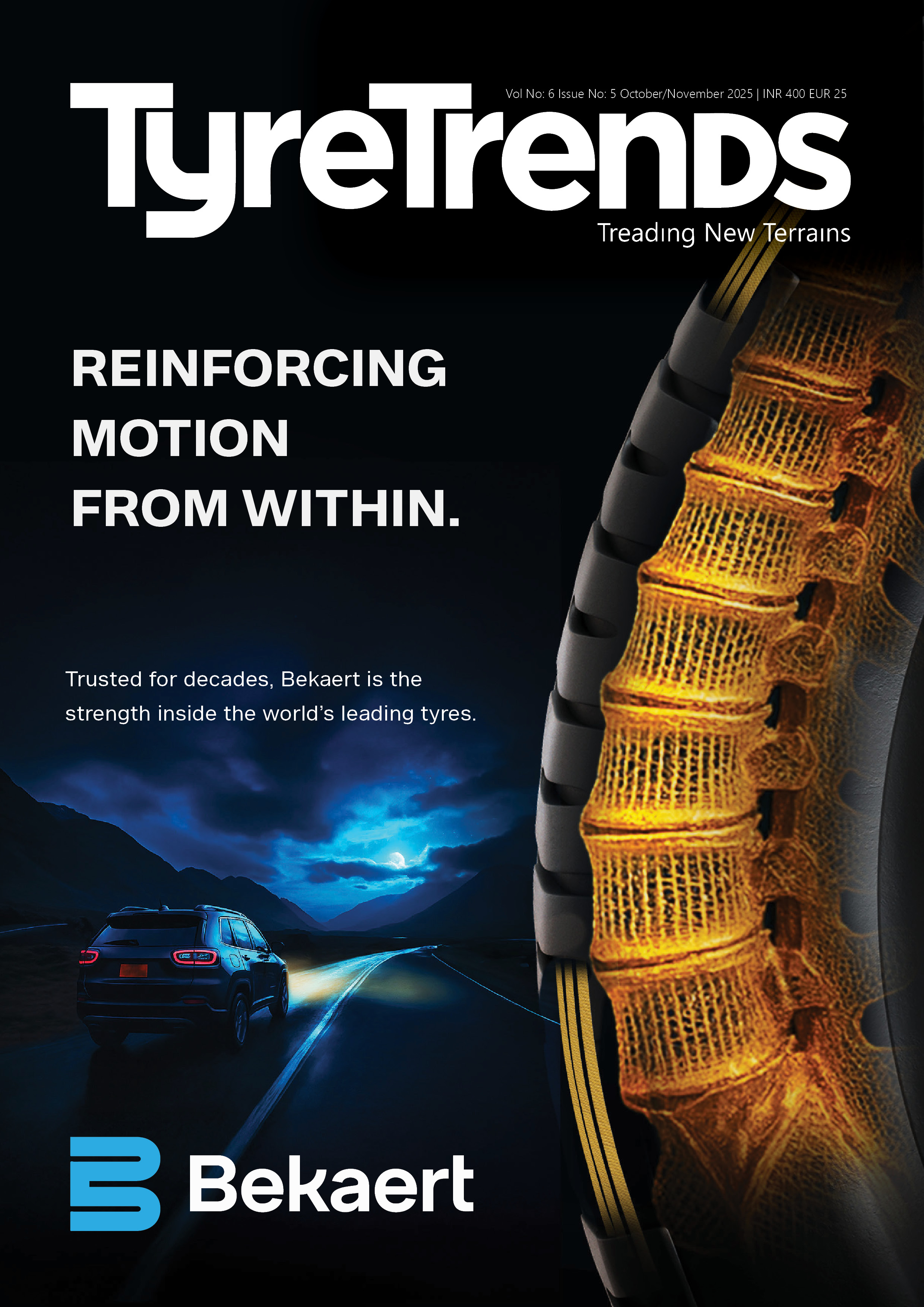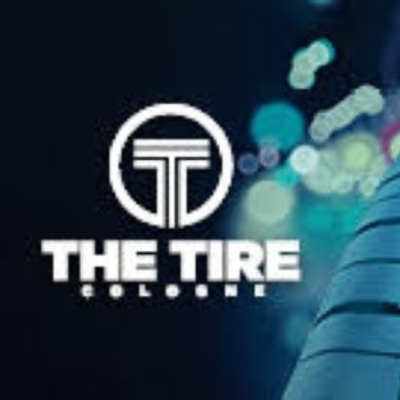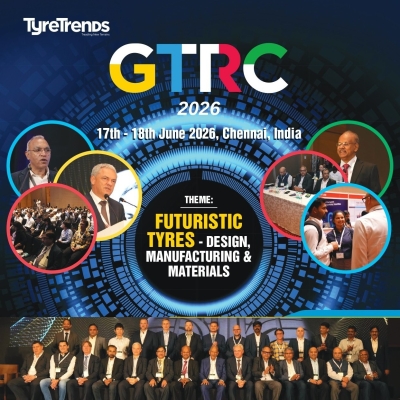EPDM Elastomer in India
- By 0
- April 22, 2020

Ethylene propylene copolymer (EPM), or a terpolymer with a diene (EPDM), is a type of synthetic rubber, which is characterised by a wide range of applications. The ‘E’ letter refers to ethylene, ‘P’ to propylene and ‘D’ to diene and ‘M’ refers to a kind of monomer with respect to its classification in ASTM standard D-1418. The M class includes rubbers having a saturated chain of the polymethylene type.
EPDM rubber, therefore, is a terpolymer of ethylene,propylene and a diene-component and the Dienes currently used in the manufacture of EPDM rubbers are dicyclopentadiene (DCPD), ethylidene norbornene (ENB) and vinyl norbornene (VNB). Hexadiene (HD) is rarely being used in making EPDM these days.
The ethylene and propylene monomers combine to form a chemically saturated, stable polymer backbone providing excellent heat, oxidation, ozone and weather aging. A third, nonconjugated diene monomer is terpolymerized in a controlled manner to maintain a saturated backbone and place the reactive unsaturation in a side chain available for vulcanization or polymer modification chemistry.
The two most widely used diene termonomers are primarily ethylidene norbornene (ENB) followed by dicyclopentadiene (DCPD).Each diene incorporates with a different tendency for introducing long chain branching or polymer side chains that influence processing and rates of vulcanization by sulfur or peroxide cures. Generally, ENB type is better heat resistant than DCPD type. Peroxide cure EPDM, boosted with coagents provide better heat resistant than sulphur/accelerator cured EPDM.
This polymer is the most water resistant rubber available, and this resistance is maintained to high temperatures (up to 180°C in steam with peroxide cured compound). The highest temperature resistance is achieved by using peroxide cured grades. It is thus used extensively under water cables (sea water as well). Before EPDM, Chloprene rubber (CR) was extensively used wherever weather resistance properties were important. Upon discovery of EPDM in 1963 , it quickly took over existing weather resistant market of Chloroprene rubber (CR).

Ethylene-propylene-diene rubber (EPDM) is one of the most widely used and highly-developing synthetic rubbers. EPDM business will reach US 6.9 b $ by end 1Q,2020. Currently, their total capacity is about 1.65m ton/ Yr. and it takes the third place in the world synthetic rubber consumption after styrene-butadiene and butadiene rubber. As of August 2019, there are 15 big companies in the world that produce EPDM.
In order to present a competitive landscape of the global EPDM market, key market players are witnessed as LANXESS AG (Germany), ExxonMobil Chemical (U.S.), Dow Elastomer (U.S.), Mitsui Chemical (Japan), Kumho Polychem (South Korea), Lion Copolymer (U.S.), Versalis (Italy), JSR Corporation (Japan), Jilin Chemical (China), SK Global Chemical (Japan), Nizhnekamsk Neftekhim Inc (Russia), and Sumitomo Chemical Company Ltd (Japan) have been profiled. With a huge number of EPDM manufacturers worldwide and with a number of different grades by each of these manufacturers, EPDM is one of the versatile elastomer in India now . EPDM has different grades in the industry based on :
- Mooney viscosity
- Type of diene content
- Percentage mole of diene content and
- Ethylene propylene ratio
- Bimodal Type

With current increase in EPDM uses , India now badly need EPDM manufacturing plant to protect its foreign currency. Another important application India need is compulsory application of EPDM based Roofing in rainy states to protect against damage of multistory buildings (Mumbai). EPDM has been used as a covering to waterproof roofing in western countries, Japan, China, Taiwan and countries in South East Asia. Major applications of EPDM are :
- Other than automobile glass-run channels, EPDM is also used in radiators, garden and appliance hose, tubing, pond liners, washers, belts, electrical insulation, vibrators, O-rings, solar panel heat collectors and speaker cone surrounds.
- It is also used as a medium for water resistance in electrical cable-jointing, geomembranes, rubber mechanical goods, plastic impact modification, thermoplastic etc.
- EPDM is used as blends in Butyl rubber for Inner-tube application.
- EPDM is used in PC side wall , black or white. Extensively used in color BC tyres for children.
- EPDM roofing is very popular in developed countries.
- With EPDM Roofing membranes rainwater harvesting is also very popular. EPDM roofing does not pollute the run-off rainwater.
Rubber roofing has the benefit that it does not pollute the runoff rain water. Water could be used for personal sanitation / gardenining / hygiene. White oil may be the best processing oil. They are manufactured in the form of calendared sheet and covered with a plastic such that its application on floor is easy upon removal of plastic and then they are applied in roof floor. EPDM rubber sheet can be installed either fully adhered, mechanically attached or ballasted, with the seams of the roofing system sealed with liquid adhesives or specially formulated tape. EPDM Waterproof Roofing system has delivered more than six decades of commercial roofing success by building upon a heritage of innovation in rubber polymer technology.
Dr Samir Majumdar, Rubber Consultant (India & Asia pacific), has served in leading tyre companies like JK Tyre, Kyoto Japan Tire, among others. He was technical and R&D head (Asia Pacific) in ExxonMobil. He has authored several research papers and technical books. smajumdar501234@yahoo.co.in
Perpetuus Unveils Commercially Viable Replacement For Toxic 6PPD
- By TT News
- November 20, 2025

In a significant development for environmental science and the rubber industry, Perpetuus Advanced Materials has announced a viable solution for eliminating 6PPD-quinone, a highly toxic byproduct of 6PPD, a chemical commonly used in tyres and synthetic rubbers. This breakthrough is particularly urgent given the established link between 6PPD-quinone and acute mortality in coho salmon, a crisis identified in 2020 that has since spurred global regulatory concern. The company’s innovation provides both a direct manufacturing replacement and a method for environmental remediation.
The core of the solution is an amine functionalised graphene masterbatch, engineered using the company's proprietary plasma-functionalised graphene nanoplatelets. This advanced material operates through a novel mechanism where the amine groups act as radical scavengers, effectively stabilising the rubber and rendering the use of 6PPD entirely obsolete. By preventing the formation of the toxic 6PPD-quinone at its source, this technology addresses the root cause of the pollution. The masterbatches are supplied as pre-mixed sheets or blocks, allowing for straightforward integration into existing manufacturing processes for tyres and a wide array of other synthetic rubber products, including hoses, seals and industrial belts, without requiring any operational changes.
To tackle the existing environmental contamination, Perpetuus has concurrently developed a suite of modular filtration systems designed for stormwater management. These units, which include drain cartridges and bioreactor modules, utilise graphene nanoplatelets to capture pollutants. They are enhanced by a proprietary artificial intelligence platform that provides real-time monitoring of filter saturation and pollutant levels, offering a critical tool for protecting vulnerable waterways and urban runoff zones during the transition to reformed tyres.
Produced on a continuous plasma platform ensuring consistent quality, the masterbatch not only replaces 6PPD but also consolidates numerous other mix ingredients and additives, thereby simplifying production and improving workplace air quality. With over 10 years of specialisation in graphene-enhanced elastomers, Perpetuus is now actively pursuing regulatory approvals and industrial partnerships to accelerate the widespread adoption of this comprehensive environmental solution.
John Buckland, CEO, Perpetuus, said, “This is no longer about mitigation. We’ve replaced 6PPD. Our amine functionalised GNPs deliver the same anti-degradant function as 6PPD but with zero toxic quinone by-products. This isn’t theory. It works in formulation and scales now. This isn't a patch; it’s a permanent replacement. By removing 6PPD at the source, we remove the risk of 6PPD-Q entirely. The science is proven. The solution is scalable. The environmental need is urgent. The only question left is whether regulators and manufacturers are ready to act. This is the moment to eliminate 6PPD for good and replace it with something better.”
Bekaert And EMSTEEL Partner For Sustainable Steel Solutions
- By TT News
- November 20, 2025

Bekaert and EMSTEEL have forged a strategic partnership centred on the manufacturing and commercialisation of high-value, sustainable steel products utilising steel produced within the UAE by EMSTEEL. The agreement was formally signed at the Middle East Iron & Steel Conference & Exhibition in Dubai, with senior leadership from both organisations in attendance, including Group CEOs Engineer Saeed Ghumran Al Remeithi of EMSTEEL and Yves Kerstens of Bekaert.
The alliance will see the two companies extend their cooperation into several key areas. A major component involves technical collaboration, where Bekaert will provide its expertise and offtake intention to support EMSTEEL's strategic initiative to upgrade and substantially expand its wire rod product portfolio in the near future. Furthermore, the partners will jointly assess opportunities for downstream investments. These potential investments are designed to allow EMSTEEL to diversify its offerings with more advanced, value-added products. For Bekaert, this creates a pathway to manufacture its renowned Dramix steel fibre reinforced concrete solutions using locally sourced UAE steel.
A shared objective of this partnership is to actively promote the advantages of sustainable construction materials and solutions throughout the Gulf Cooperation Council markets, leveraging EMSTEEL's position as the UAE's largest steel manufacturer and Bekaert's global leadership in steel wire transformation and coating technologies.
Yves Kerstens, Group CEO, Bekaert, said, “Today’s MoU is intended to serve various ambitions we have in common with EMSTEEL. This includes focused strategy execution in a region with vast growth opportunities, a strong innovation drive and explicit sustainability excellence.”
Engineer Saeed Ghumran Al Remeithi, Group CEO, EMSTEEL, said “This agreement reflects EMSTEEL’s commitment to advancing the capabilities and global reach of UAE-made steel. By combining our manufacturing strength and sustainability leadership with Bekaert’s world-class expertise in material science and advanced steel solutions, we are creating new pathways for innovation, value creation and low-carbon growth.”
Solvay And Sapio Join Hands For Renewable Hydrogen Project
- By TT News
- November 20, 2025

In a long-term strategic partnership, Solvay and Sapio have committed to a 10-year agreement to advance renewable hydrogen production at Solvay's Rosignano plant. This collaboration – a central pillar of the Hydrogen Valley Rosignano Project aimed at cutting CO2 emissions from Solvay’s peroxides operations – will see Sapio responsible for building and managing a 5 MW electrolysis unit. The required power will be sourced from a new 10 MW photovoltaic installation that Solvay will construct on-site.
With operations scheduled to commence by mid-2026, the project is expected to yield up to 756 tonnes of renewable hydrogen annually. This green hydrogen will be directly used in Solvay's manufacturing of peroxides, essential chemicals for the electronics, water treatment, and solar panel industries. The initiative has secured EUR 16 million in funding allocated by the Tuscan Region through Italy's National Recovery and Resilience Plan (PNRR). This decade-long effort is projected to reduce the site's carbon dioxide emissions by as much as 15 percent, marking a substantial step towards more sustainable industrial processes. The partnership's launch was officially celebrated with a groundbreaking ceremony on 18 November 2025.
Carlos Silveira, President of Solvay’s Peroxides business, said, “Our partnership with Sapio represents a good example in how we enhance our global peroxide operations. This project is a key part of our broader strategy to support essential industries – from electronics and water treatment to energy and food safety – with more sustainable solutions.”
Alberto Dossi, President of the Sapio Group and H2IT, said, "The launch of this important project for the production of renewable hydrogen represents a major step forward in the development of the entire hydrogen value chain. With H2IT, we have set ourselves the goal of creating a collaborative ecosystem in which industry, research, policy and local communities work together for a cleaner and more sustainable future. With this collaboration, Sapio is actively contributing to building a cleaner and more sustainable world."
Mario Paterlini, CEO, Sapio Group, said, "We are extremely proud of our collaboration with Solvay: this project, funded by the National Recovery and Resilience Plan (NRRP), is concrete proof that companies can truly contribute to the decarbonisation of the planet and the growth of our country. In a world of great uncertainty like the current one, it is essential to join forces and be a point of reference for the entire ecosystem."
- Cabot Corporation
- LITX 95F Conductive Carbon
- Energy Storage Systems
- China International Import Expo
- CIIE
Cabot’s LITX 95F Conductive Carbon Honoured At CIIE
- By TT News
- November 20, 2025

Cabot Corporation earned a significant honour for its advanced battery material innovation at the 8th China International Import Expo (CIIE), a premier global trade fair held in Shanghai. The company’s LITX 95F conductive carbon, a key component engineered to enhance the performance and longevity of lithium-ion batteries in energy storage systems (ESS), was distinguished among the ‘Top 10 Exhibits of 2025’. This esteemed accolade was presented during the ‘Brands Bring a Better Future for the World’ Global Forum, which focuses on brand equity and sustainable development.
The CIIE, which hosted participants from 155 countries and over 4,100 companies this year, presents this honour to brands that support sustainable and high-quality economic development. Cabot’s product is notably the first from the speciality chemicals and performance materials sector to receive this award, solidifying the company's leadership in creating advanced materials. This achievement highlights Cabot's pivotal role in enabling the next generation of clean energy technologies and providing high-performance solutions that are critical for a more efficient and sustainable energy future.
Jeff Zhu, Executive Vice President and President, Carbon & Silica Technologies, Battery Materials and Asia Pacific region, said, “We are honoured that our LITX® 95F conductive carbon has been recognised among the top exhibits at CIIE. This award affirms Cabot’s commitment to driving innovation in conductive additives that power the global energy transition. Our battery materials solutions are helping accelerate the adoption of cleaner, more efficient energy storage solutions.”
Patrick Kelly, Vice President – Global Marketing and Strategy, Battery Materials, said, “We are thrilled to see our LITX® 95F product recognised on a global stage as it reflects the impact of our technology on the rapidly expanding ESS industry. This product enables more reliable and efficient energy storage systems and supports the growing demand for clean energy as well as the increasing ESS needs driven by the expansion of AI and data centres around the world. This recognition reflects both our technological leadership and our commitment to innovation in a rapidly evolving industry.”







Comments (0)
ADD COMMENT